Pistol braces are back in the ATF’s crosshairs.
After a bizarre series of events in fall 2020 involving a Bureau of Alcohol, Tobacco, Firearms, and Explosives (ATF) order to cease and desist production of the Q Honey Badger AR pistol and the subsequent “never mind” reversal, the regulatory agency proposed a new set of rules Thursday that purport to clarify the differences between AR-style pistols and short-barreled rifles (SBRs).
Gun rights advocates are not pleased.
At the heart of the proposed new rules is the requirement to register certain guns with the federal government under the National Firearms Act (NFA), which requires an accompanying fee, commonly referred to as a “tax stamp.”
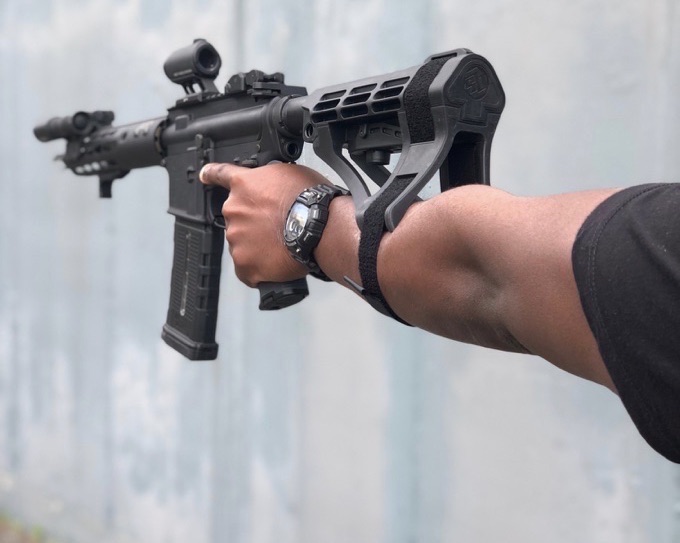
SBRs have historically fallen under NFA regulation, while most AR-style pistols have not. While the ATF has used several design characteristics to make the SBR/pistol determination, one of the most defining is the presence or absence of a rigid stock.
The pistol brace dates back to 2012 when US Marine Corps and Army veteran Alex Bosco designed a brace to help a fellow veteran, who was disabled, safely shoot with one hand. Bosco submitted his invention to the ATF, which determined the device did not transform a pistol into an SBR. Since then, there have been a number of rulings that have called that initial decision into question.
The new proposed ATF rules for better differentiating between braces and stocks, or braced pistols and SBRs, come via a 70-page document entitled “Factoring Criteria for Firearms With Attached ‘Stabilizing Braces.’” Central to the document is “Worksheet 4999,” which has more than 40 scored criteria.

First, the firearm with the attached brace must weigh at least 4 pounds and measure between 12 and 26 inches long. Next, the brace itself is evaluated for certain features. Finally, the entire firearm with the attached brace is judged using an additional third set of characteristics.
Each evaluation category receives a score; if the total score exceeds 4 points, the gun would be considered an SBR under the new rules. But the devil is in the details. A close look at the worksheet suggests it is highly likely the vast majority of AR pistols in current circulation would be classified as SBRs.
For example, an adjustable notched buffer tube qualifies as a point. If it folds down, that adds 2 points, and the “pistol” is just a point away from officially being designated an “SBR.” A hand stop or forward grip adds another 2 points. A reflex sight, magnifier, or bipod adds more points.
It’s a safe bet that most of the estimated 4 million to 7 million legal AR pistols sold every year would exceed 4 points on the ATF’s new worksheet.
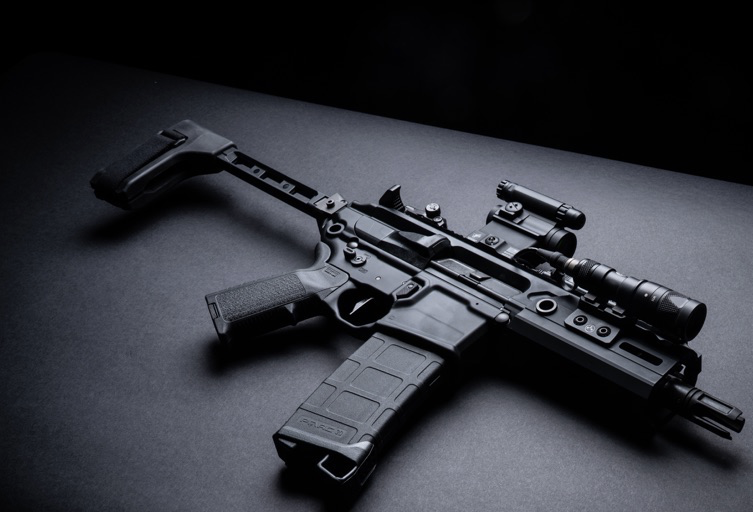
These characteristics are at least easy to identify. Others will likely require more explanation from the ATF, such as “minimized rear surface lacking features to discourage shouldering” and “rear surface useful for shouldering the firearm.”
According to a Wednesday post on the National Rifle Association’s Institute for Legislative Action (NRA-ILA) website, “It’s unclear how gun owners are supposed to apply such an ill-defined standard, and the proposed rule is full of such problems. The rear surface area criteria also highlight that very little thought was put into many of the criteria. If a pistol stabilizing brace ‘incorporates features to prevent use as a shouldering device’ that should mean that any firearm using that brace is per se not ‘designed […] to be fired from the shoulder.’”
The NRA-ILA also suggested the ruling violates an important requirement in federal law. “ATF also does not acknowledge that the proposed rule would reverse nearly a decade of ruling that the agency has provided to manufacturers and gun owners,” the post reads. “Federal law is very clear that an administrative agency changing its position must ‘display awareness’ of the change and give a ‘reasoned explanation’ for the new position. ATF fails to do either in the proposed rule.”
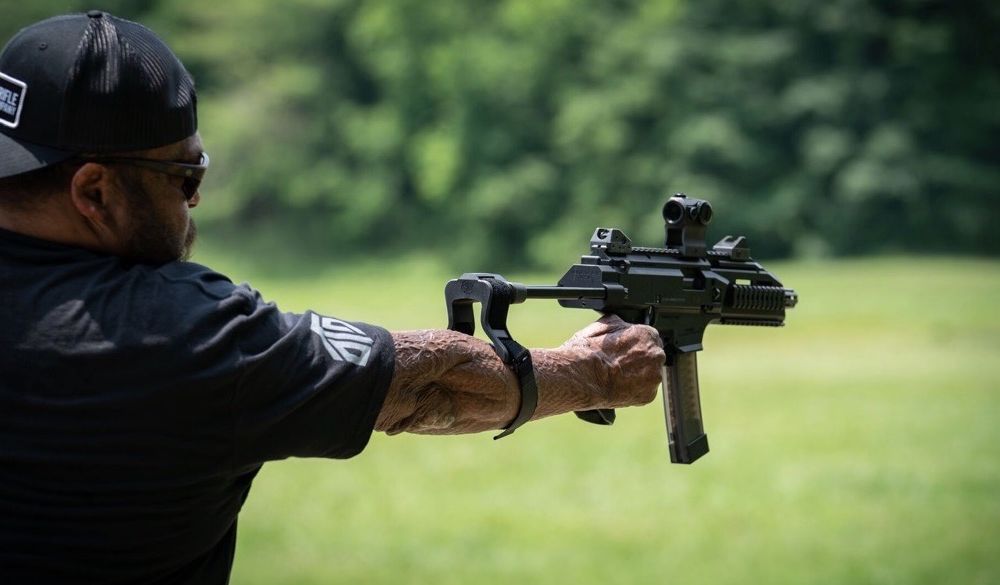
For many gun owners, the question still stands: If these new rules become law, will law-abiding citizens become lawbreakers overnight?
According to the proposed ATF rules, as written, current pistol-brace owners can:
- Voluntarily destroy their brace(s);
- Replace the short barrel with a longer one (to convert the pistol into a rifle);
- Surrender the offending firearm to the ATF without compensation; or
- Pay the $200 tax and register the firearm as an SBR.
None of these options is likely to sit well with the gun-buying public or groups such as the NRA, which is expected to fight the ruling in court.
Read Next: Honey Badger vs. the ATF: What You Need To Know



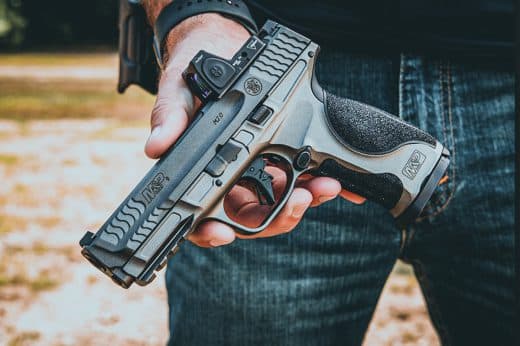
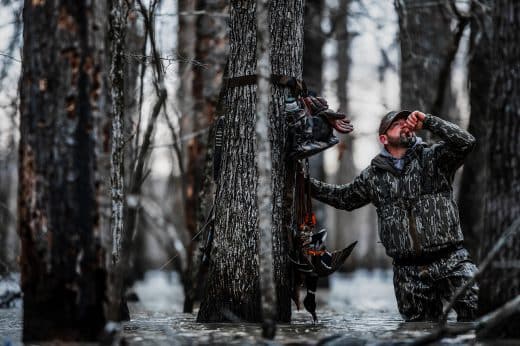
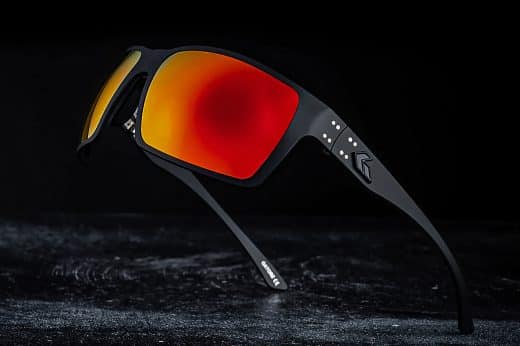


Comments